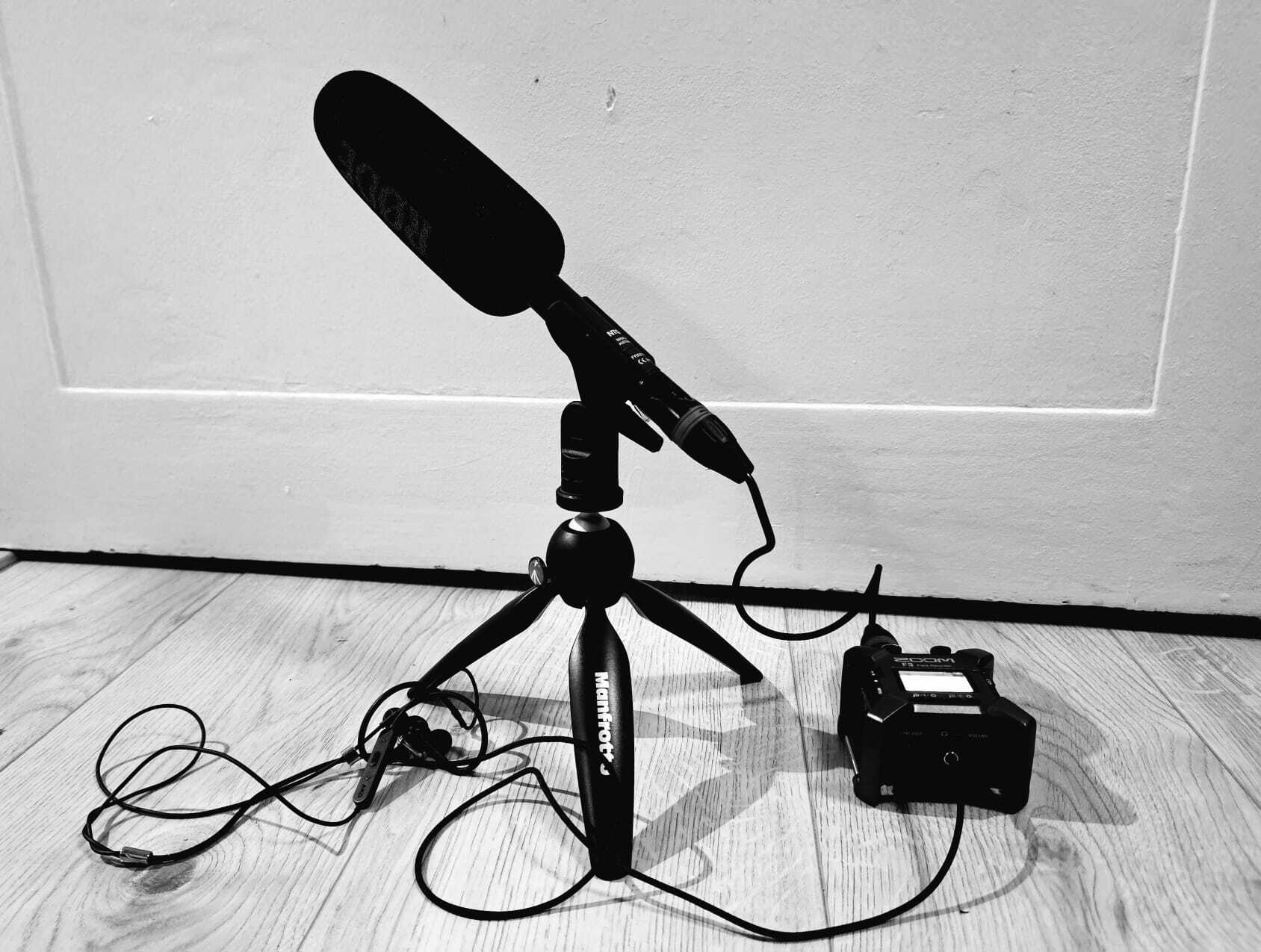Yesterday, I completed my year-long StillStanding project. This was my second year-long project. In 2022, I recorded one sound action daily. When I reached the end of 2022, I found it to be an efficient way of collecting data. My 2023 project confirmed this belief, so I am inspired to try another year-long experiment.
Focusing on AMBIENT
I will spend the coming month completing the Still Standing manuscript. I am saying this loud now to put pressure on myself and help the world understand why I must focus on writing. Then, I will focus on the AMBIENT project. The project is well underway, and all the 2023 recordings have helped shape my thinking.
One of AMBIENT’s aims is to understand more about audiovisual rhythms in indoor environments. That is why I recorded both 360 video and ambisonics audio in the StillStanding project. Then, I capture everything in the space, which helps get a general sense of what is happening when and where in the space. However, as I have been standing in the various spaces, actively listening to the environment, I have found that there is often one (sometimes a few) pregnant sound sources, typically a ventilation system, a fan, or some other continuous sound. Those are the ones I want to capture this year.
Foreground vs Background
In my 2022 project, I recorded sound actions daily. These were short events, often goal-directed, with clear interaction between sounding objects. It is a nice collection of “foreground” elements.
This year, in the spirit of the AMBIENT project, I will focus on the “background” and what happens when “nothing” happens. This is the “silence” or “noise” of the environment, depending on how it is perceived.
As I have been listening to various environments throughout 2023, I noticed the abundance of ventilation systems and other types of motorized, fan-based noise sources around us. However, since my attention was focused on both standing still and perceiving the space holistically, I never got to focus my attention on these sound sources.
Rhythm?
At RITMO, we focus on understanding more about rhythm as a fundamental property of human life. We typically define rhythm as a pattern in time with a certain level of repetition and variation. However, what are the limits here? How little repetition is necessary for something to be perceived as a rhythm? How much variation do we tolerate? Is silence a rhythm? What about white noise? These are some of the questions I will ponder in my 2024 year-long project.
Sonic vs auditory rhythm?
I will use the hashtag #SonicRhythm for the project. I have considered whether it should be called “sonic” or “auditory” rhythm. I ended on the former to allow for some flexibility in interpretation. Sonic refers to something related to sound, while auditory refers to the sense of hearing something. So one could say that “sonic” describes the physics (signal) while “auditory” describes the psychology (perception).
Many continuous sounds in our environment are noise-like and not particularly rhythmic from a perceptual point of view. However, sometimes I think I hear rhythmic patterns in some more noise-like signals. So I am curious about recording and analyzing such continuous signals to see if there are, indeed, some sonic rhythms in these signals.
Equipment
Since I will only focus on sound collection this time, my setup will be much easier than in 2023. I pondered whether to use a similar setup as in 2022 when I recorded audio on my phone with an attached Røde VideoMic Me-C microphone. Even though that setup worked well, I wanted slightly higher audio quality in this year’s project. My setup will, therefore, be:
The most important part of this setup is the F3, which is a 32-bit recorder. This gives much more headroom than I would get with a 16-bit mobile phone setup, which is essential when trying to catch the subtleties of various sound-making devices.
The plan is to record in mono, which leaves me with one unused channel on the recorder. I may test other microphones (contact microphones come to mind) parallel to the NTG5 to capture sounds differently.

The rules
To structure myself, here are the rules I will follow:
- Sound source: Find an interesting sound source in an indoor environment
- Duration: Record for 10 minutes while listening attentively
- Documentation: Take a photo of the setup and location
- Reflection: Write down subjective reflections
- Sharing: Post a 1-minute recording on FreeSound and archive on OSF
As always, I make the road while walking, so there may be changes along the way.
